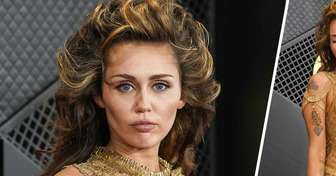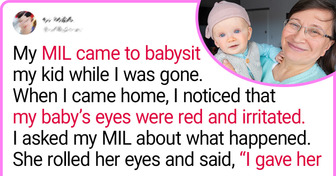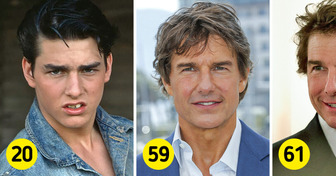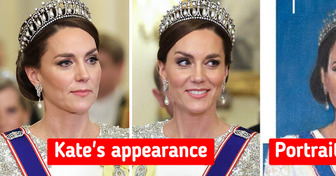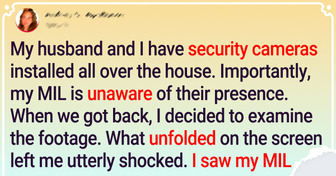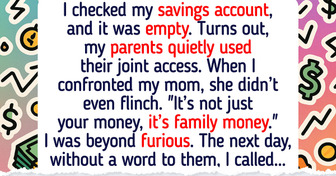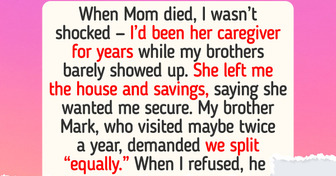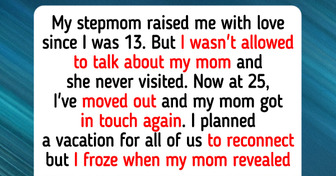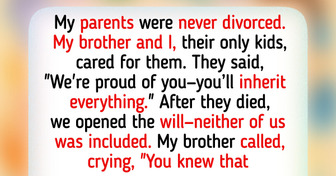Meghan Markle’s Appearance Changed Because of One Detail Many Missed
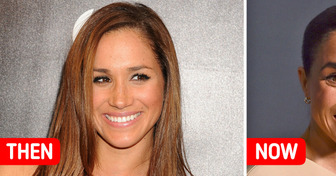
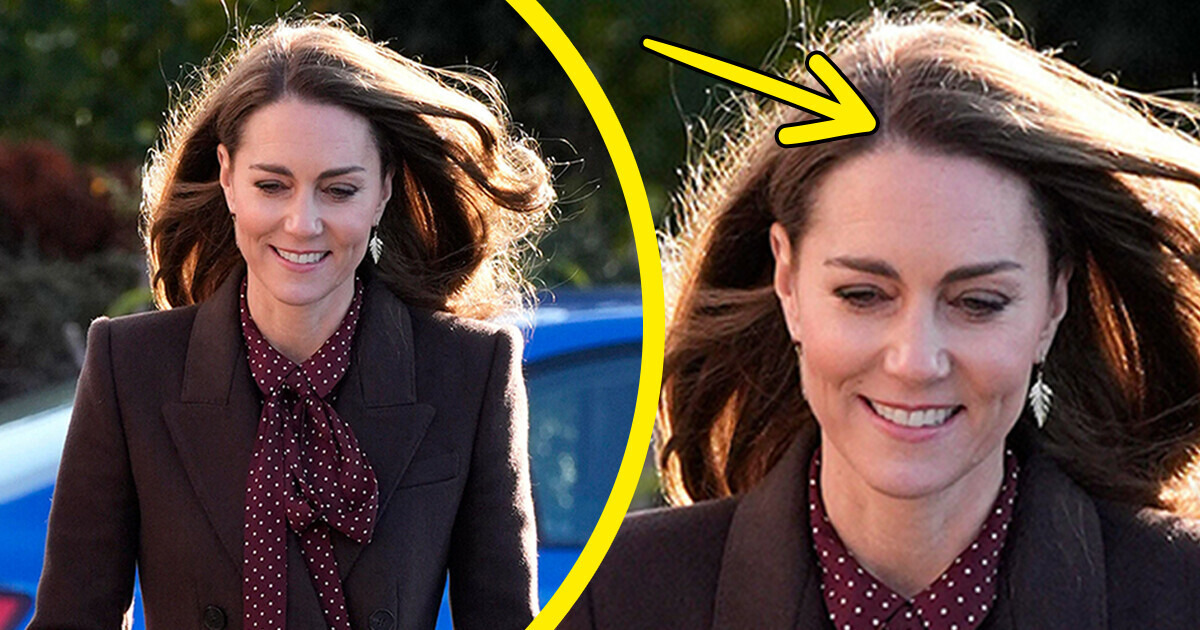
Recently, the question “Is Princess Catherine bald?” has sparked a lot of discussion and speculation among royal fans and followers. As she is constantly in the public eye, and her appearance is often closely examined. Her hair, in particular, has become a topic of interest, with many wondering if she might be experiencing hair loss.
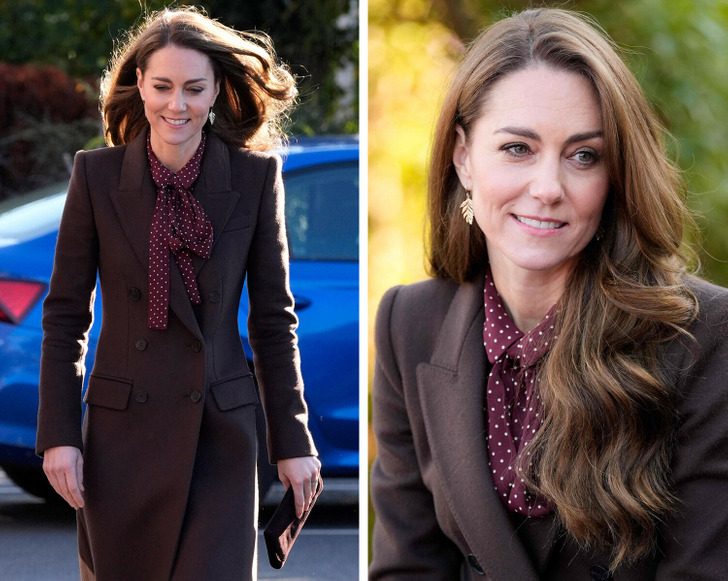
The media has a huge impact on how we see public figures, especially well-known people like Princess Catherine. Dramatic headlines and photos can tell stories that aren’t always true. It’s important for us to question them and look for the real facts.
There are three common myths about Princess Catherine’s hair, and it’s important to clear up the rumors surrounding her supposed baldness.
Myth 1: Princess Catherine is bald.
Fact: There’s no credible evidence to support claims that she’s bald. Any changes in her hair could be due to styling or health-related factors.
Myth 2: She uses hair extensions to hide bald spots.
Fact: Although many celebrities use hair extensions, there’s no proof that Princess Catherine uses them to cover any bald patches.
Myth 3: The media accurately portrays her hair.
Fact: Media images can be deceptive, often influenced by lighting, angles, or editing, and may not show her hair as it truly is.
Fortunately, medical experts reassure that not all chemotherapy treatments cause hair loss. While certain medications are notorious for significant thinning or hair loss, others have milder side effects.
Hair loss (alopecia) is one of the side effects of chemotherapy that many patients fear the most. In fact, up to 14% of women refuse chemotherapy just because of this. Chemotherapy drugs attack fast-growing cancer cells, but they also harm other fast-growing cells, like hair cells.
In cases of temporary hair loss, hair usually grows back. After about 96 hours, the DNA in hair cells is repaired, and the hair follicles start working again. Within 3 to 6 months, new hair begins to grow. About 65% of patients notice their new hair looks different, such as being curlier in 35% of cases.
Interestingly, not all patients who undergo chemotherapy experience hair loss, even if they receive the same drugs and doses. Most chemotherapy patients will experience some level of hair damage, especially to scalp and beard hair, since these hairs grow quickly.
However, this doesn’t always mean immediate hair loss. Some damaged hairs may continue to grow for a few weeks and avoid falling out, even with ongoing treatment. It’s still unclear if this same process happens with cancer cells, and the final outcome depends not only on the strength of the drug but also on factors like existing hair loss conditions.
More news about Princess Catherine you can find here.

